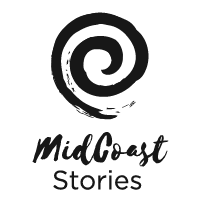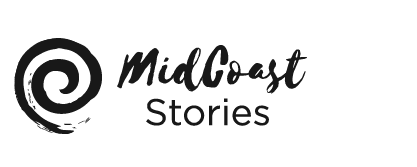
In the Port Macquarie Museum is an ‘Elector’s Right Residential Qualification’ for Emmeline Ann Everingham. In 1902 the Australian Parliament passed the Commonwealth Franchise Act giving women over the age of 21 the right to vote.1 Many women took the opportunity to enrol and obtain their qualification ready for the 1903 Federal and 1904 NSW State elections.2 There was prejudice against women voting with arguments centred around intellectual capability and the disruption it would cause to traditional family roles.3 For this reason some women took years to enrol and vote.
The female suffrage movement was supported by different temperance societies which had their roots in Protestant churches. Temperance societies believed that women could use their equal voting powers to influence legislation to safeguard families from violence and other negative effects of alcohol.4
Emmeline Ann Everingham (nee Nixon) was born at Ghinni in 1861.5 Her parents were Church of England, but converted to Wesleyan Methodist when they arrived in the Manning. After moving to Wallamba the Nixons helped establish a Sabbath School with the Alway and Everingham families and in 1882 they built a Wesleyan Methodist Church on their land at Willow Point. The Nixons were also associated with the temperance society Band of Hope.6
Throughout her life Emmeline remained a steadfast supporter of the Methodist Church regardless of where she lived in the NSW Mid North Coast.7 She was active at the Taree church until her death and is buried in the Methodist section of the Dawson River Cemetery, Taree.8 While we will never know Emmeline’s reason for enrolling early, she had the courage to act on her rights and religious beliefs.
Author: Janine Roberts
References:
1 National Museum Australia, Franchise Act, https://www.nma.gov.au/defining-moments/resources/franchise-act
2 Baiba Berzins, North Coast Women A history to 1939. Royal Australian Historical Society, Sydney: 1996, p. 136-7.
3 National Museum Australia, Women’s Suffrage, https://www.nma.gov.au/defining-moments/resources/womens-suffrage
4 University of Melbourne Archives, Women’s Movement 1880-1960. https://archives.unimelb.edu.au/resources/subject_guides/women-in-the-archives/womens-movements-1880-1960
5 NSW BDM, Birth Index for Emmaline A Nixon, No. 8560/1861.
6 Jim Fletcher, Coming to the Wallamba: Early Europeans in the Wallamba Valley and on Cape Hawke / Forster. MoshPit Publishing, Failford, NSW: 2019, p. 183-185; Museums Victoria Collections, Band of Hope Union, https://collections.museumvictoria.com.au/articles/2756
7 Manning River Times and Advocate for the Northern Coast Districts of NSW, 8 September 1948, 2. Emmeline also donated a lamp from the Willow Point Church to the Nabiac Uniting Church (previously Methodist).
8 Australian Cemeteries Index, Index for Emmaline Ann Everingham and George Richard Everingham, Dawson River Cemetery, NSW, Mth Section. https://austcemindex.com







